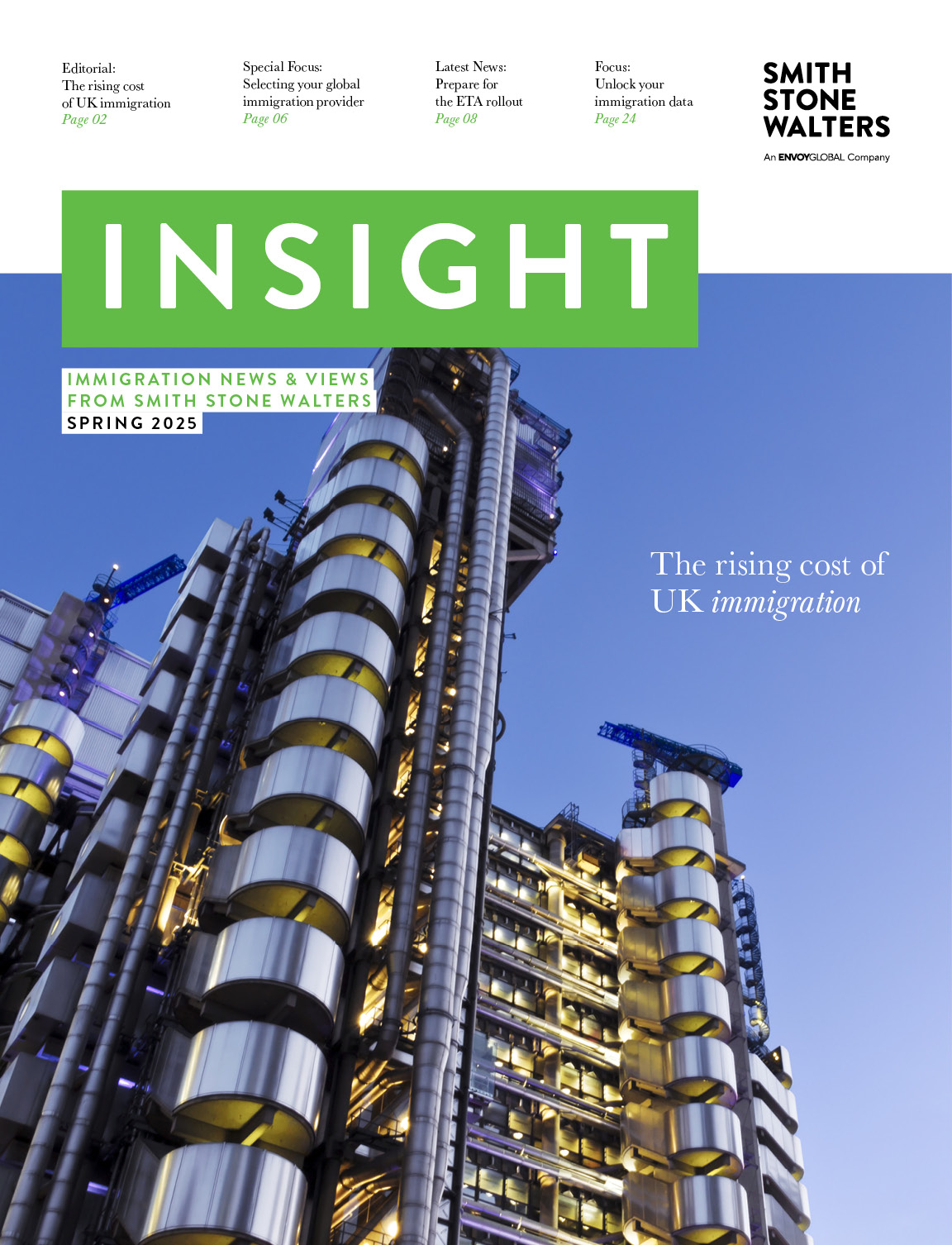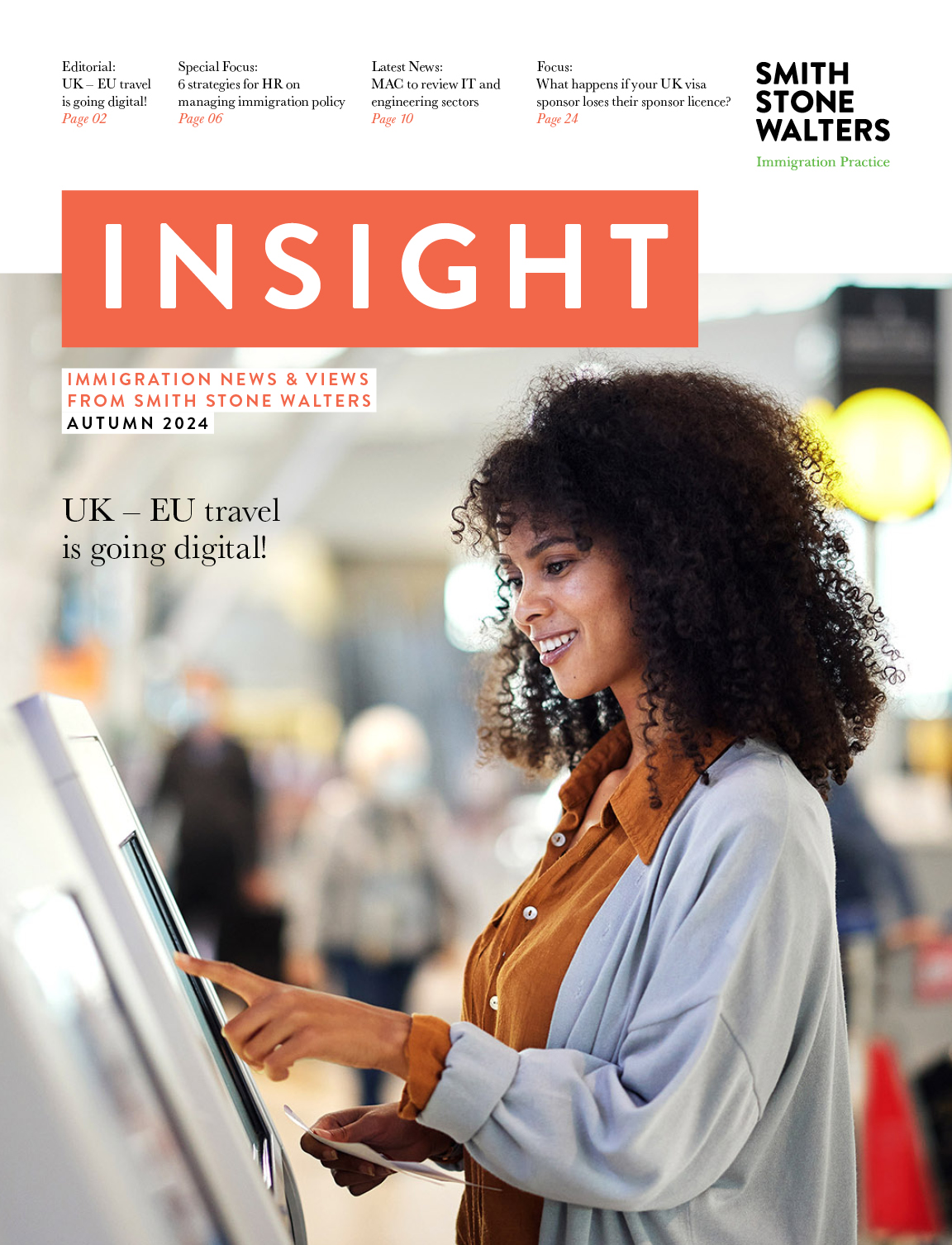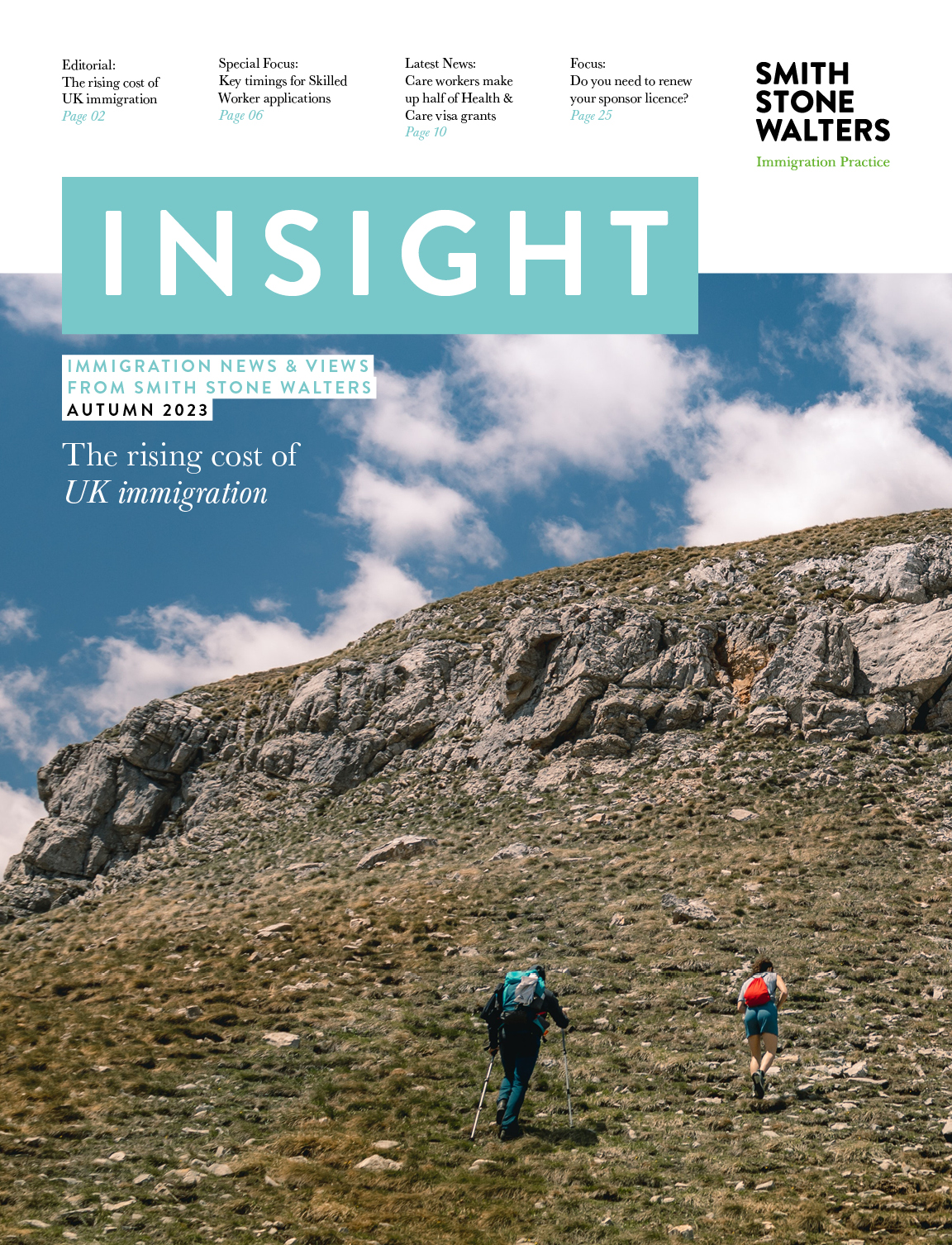Latest migration statistics show little change
Net migration continues to add to the population of the UK.
According to the latest report from the Office of National Statistics, an estimated 283,000 more people came to the UK with an intention to stay 12 months or more than left the UK in the year ending September 2018.
While this figure has remained stable for months it is of course far above the government’s longstanding net migration target of ‘tens of thousands’.
Over the 12 month period, 627,000 people arrived in the UK (immigration) and 345,000 people left the UK (emigration).
Jay Lindop, Director of the Centre for International Migration said:
‘Decisions to migrate are complex and a person’s decision to move to or from the UK will always be influenced by a range of factors, including work, study and family reasons.
‘Different patterns for EU and non-EU migration have emerged since mid-2016, when the EU referendum vote took place.
‘Due to increasing numbers arriving for work and study, non-EU net migration is now at the highest level since 2004.
‘In contrast, EU net migration, while still adding to the population as a whole, has fallen to a level last seen in 2009.’
In particular, the information shows that more people from Central and Eastern Europe – for example Poland – are leaving than arriving.
While EU migration is falling, the level of non-EU students is at its highest since 2011*. Conversely, non-EU net migration is at its highest since 2004*. This increase has been driven by a rise in migration for both work and study purposes.
Other points of interest include the overall amount of passengers arriving into the UK increased to 142.8 million, the highest on record. It is estimated that the majority are British, EEA and Swiss travellers, however the number of Chinese nationals entering the country increased by 11% in this period.*
*Please note estimates relate to the year ending December 2018. Image: Tony Hisgett/Flickr










